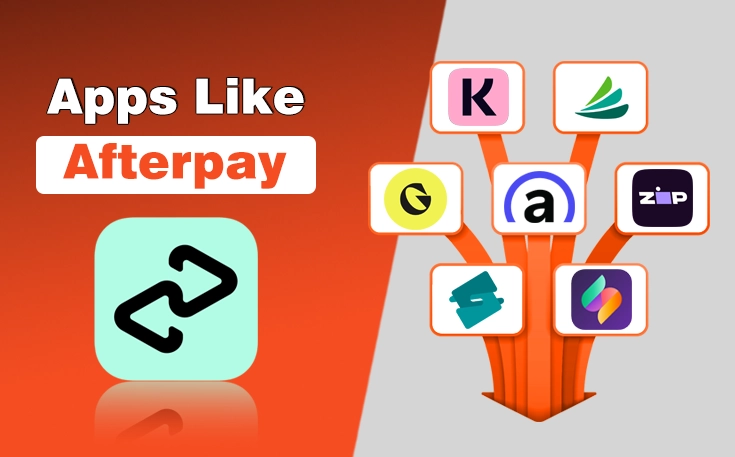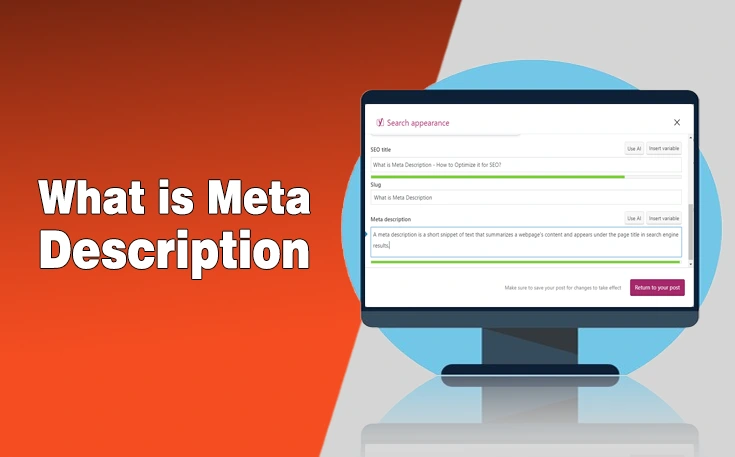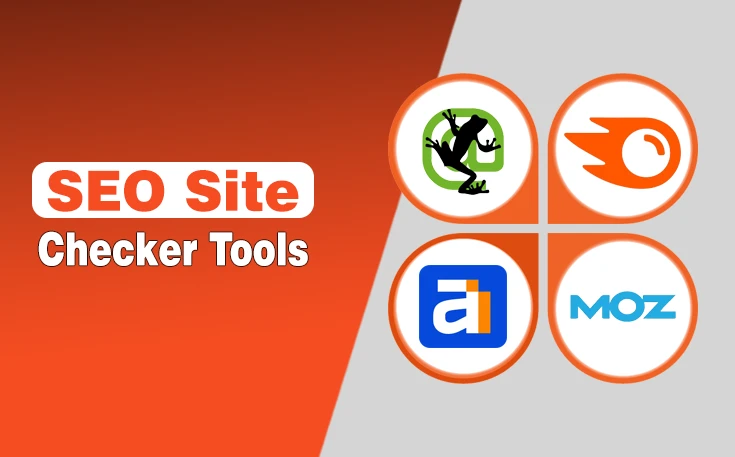Staring at a blank screen, unsure where to begin, is a feeling every writer knows. You may have something to say, but you may have difficulty shaping it into a compelling and well-structured article.
For example, you want to build a house, you have proper materials, but don’t know where to begin. Same in article writing, you may have ideas, but don’t know how to start. A good piece of an article isn’t just about words, it’s about clarity, structure, and delivering value to your reader. Each paragraph, headline, and idea is a brick that brings your message to life.
There are different factors that make your article more appealing, ike voice tone, storytelling, writing style, and structuring.
In this guide, discover how to write an article from idea to polished final draft.
What is an Article?
An article is a piece of information that is written in an organized way. It is usually written about a certain topic for a certain type of audience. Writing on a focused topic and audience helps writers deliver their ideas more effectively.
Generally, the main purpose of an article is to inform, persuade, or guide readers about the selected topic. It might have more than one purpose depending on the situation.
People write it for different mediums and authorities. For example, some writers publish articles in news and magazines. On the other hand, some write for academic purposes. However, their most common form is blog posts that people publish on websites to share information with their audience. It also helps them gain high search engine rankings.
Whatever the purpose or medium is, the method of writing an article is the same.
How to Write an Article? Simple Steps
Here are some guidelines to read and follow to write an effective article for your audience.
Step 1 – Pick a Relevant Topic
As I mentioned before, an article usually has a proper topic. Ideally, you should pick a topic that you’re most passionate about. But sometimes writers might have to pick a topic that your audience wants to read about.
That’s what bloggers and other websites do. They perform keyword research with different tools to find out what their audience is searching for and pick a topic accordingly.
The method of picking a topic is different for each writer. Here are some general guidelines about it.
Hobbyist writers
These writers can pick any topic they feel like writing about such as “How I made a delicious apple pie today”.
SEO Content Writers
SEO content writers usually take the help of online keyword research tools to find a topic.
Here’s how:
- Pick an SEO-related topic finder tool such as Semrush.
- Input a keyword.
- Pick a topic that is being searched a lot.
Academic writers
Academic writers such as students are given a topic by their teachers. They also pick topics related to the subjects they’re studying.
News writers
As a news writer, you’re supposed to pick a topic about current or past important events.
Pro tips:
- Pick a topic that can deliver valuable information to readers.
- For websites, pick a topic that is being searched by many people.
- Use online topic finder tools when needed.
Step 2 – Create a Title
A title describes things that you are going to write in the article. Its nature depends on your topic and is usually written in one or two lines.
From my research, a title should be 8 to 12 words long. Although a title nature can be difficult, there’s one common thing among them. It’s that a title should be catchy enough to persuade a person to read.
If you have done research on a topic, you might already have ideas about the title. If not, there are a bunch of different title-maker tools online that can be helpful. These tools may help you to generate a title, but if you want to create SEO freindly title that aligns with user search intent, you can make by yourself.
Pick ideas from Google search results, find a gap and go with something unique, catchy and call-to-action oriented that urges users to click.
Pro tips:
- Pick a catchy title.
- Keep it short and concise.
- Use the keyword in the title
- Includes numbers or figures to make it more catchy
Step 3 – Create an Outline
Understanding the outline is important for learning how to write an article. An outline dictates the overall writing format. Starting without an outline isn’t an issue. However, creating one before you start can be useful.
It helps in overcoming writer’s block and lets you focus more on the content itself.
The exact outline depends on the title.
In general cases, the title is H1. Others are H2 and if you want to add sub-topics, they will be regarded as H3, H4, and so on.
For example, a mean Title is “How to Become an SEO Specialist“
Here are the outlines of the article:
- Introduction Paragraph
- H2: Who is an SEO Specialist?
- H2: Tips for Becoming an SEO Specialist
- H3: Learn SEO Fundamentals
- H3: Get to Know SEO Tools
- H3: Take Online Courses
- H3: Optimize Your Own Website or Blog
- H3: Networking in the SEO Community
- H3: Building a Strong Portfolio
- H3: Keep Growing and Practicing Your SEO Skills
- H3: Keeping Up with Industry Trends
- H2: Conclusion
These points are expanded according to a writer’s requirements. Also, it’s important to understand header tags while creating an outline since they explain the main heading and its subheadings.
Pro tips:
- Be comprehensive and add all the points you want to cover.
- Create different headings for each topic.
- Try not to add more than 300 words in a heading.
- Add the most relevant and latest research data in the article.
Step 4 – Start Writing
Now, it’s time to channel your inner writer. Start writing according to the outline you have created. Make sure to keep the wording difficulty level according to your audience. For example, if you’re discussing a difficult topic with a general audience, use simple words.
On the other hand, using very simple words for an academic article might not be good. Make sure to write with a proper flow and be comprehensive with each heading.
You can make your article more engaging and useful for your audience if you use the writing formulas in your article. Here are some writing formulas to follow;
1. The AIDA Formula
Attention – Interest – Desire – Action
Used in: Sales pages, blog intros, ads
Example:
- Attention: Hook your reader with a surprising fact.
- Interest: Explain why it matters.
- Desire: Show benefits and emotional appeal.
- Action: Prompt with a strong call to action (CTA).
2. The PAS Formula
Problem – Agitate – Solution
Used in: Blog posts, marketing, email writing
Example:
- Problem: Identify a relatable pain point.
- Agitate: Stir up the problem’s emotional impact.
- Solution: Offer your product, tip, or advice as the fix.
3. The 4 C’s Formula
Clear – Concise – Compelling – Credible
Used in: All professional writing
Example:
- Clear message with simple words
- Concise structure (no fluff)
- Compelling ideas and examples
- Credible sources or stats
Pro tips:
- Be precise and avoid adding unnecessary information.
- Carry your ideas with a proper flow.
- Give examples whenever required.
- Back up your claims with proper authentic studies.
- Add relevant images.
Step 5 – Proofread and Publish
Once everything is done, take some time to proofread it. It helps analyze and correct grammatical mistakes and includes missing information, spelling mistakes, headings, facts and figures, and statistics. You can use online tools like Grammarly for better proofreading. Once it’s done, simply publish or submit it.
Sum Up
Writing an article isn’t less than an art. For people who want to know how to write an article, it requires good writing as well as research skills. It has different types and all of them are written in the same structure.
As a writer, you have to go through a proper process. First, pick a topic and create a title. Then, create an outline and start writing. At the end, proofread and publish it.
Frequently Asked Questions (FAQs)
How long a title should be?
It depends on what topic you’re going to discuss. However, keeping it under 14 words is recommended.
Is it okay to add visuals and images to the article?
Yes. It is usually recommended to add visuals and infographics.
Are all articles written the same way?
Probably. Although the types can vary, their basic structure is the same.





